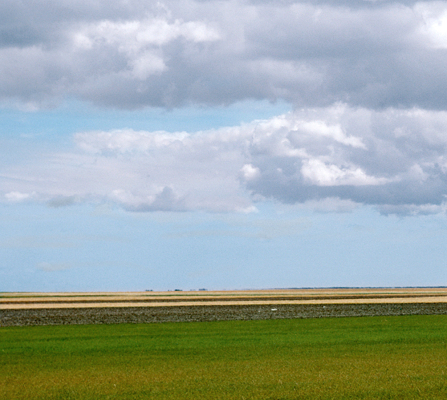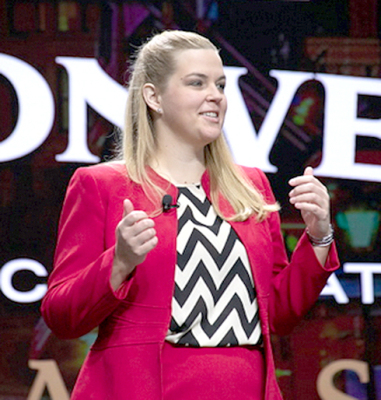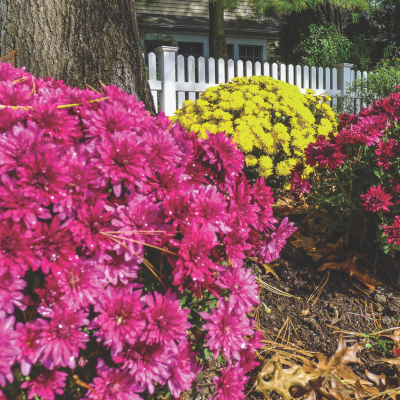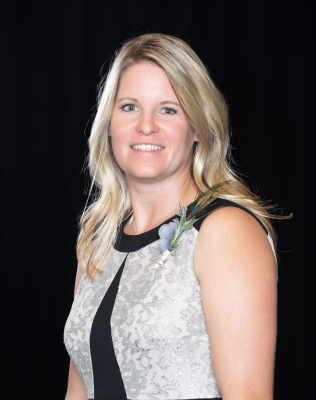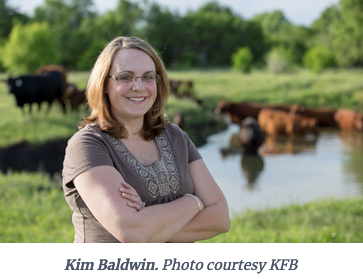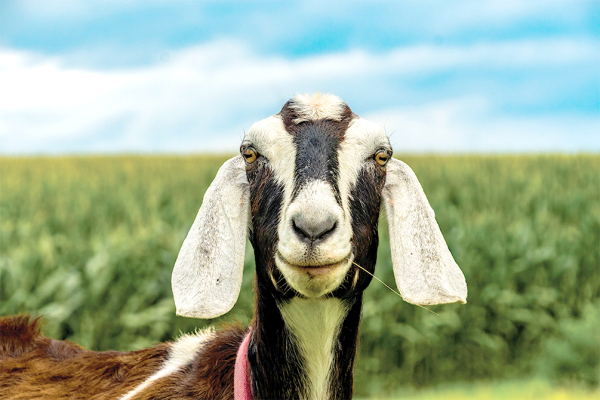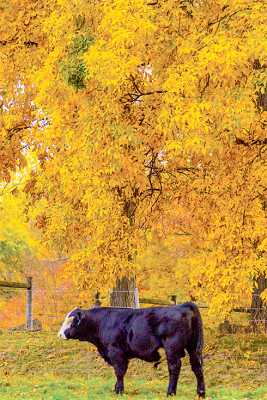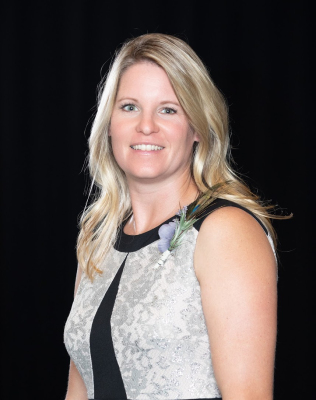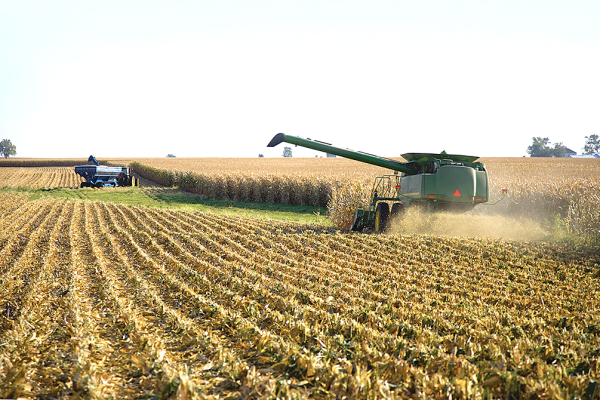Insight From Kansas Farm Bureau
Insight From Kansas Farm Bureau
Rachael Brooke, Phillips-Rooks District Extension Agent Agriculture and Natural Resources
Rachael Brooke, Phillips-Rooks District Extension Agent Agriculture and Natural Resources
“I have the sample, now what do I test for or what analysis package should I select?” The basic components that nutritionists need to evaluate a feedstuff or develop a ration are dry matter (DM) or moisture, crude protein (CP), an estimate of the energy content of the feedstuff [Total Digestible Nutrients (TDN), Net Energy for Maintenance (NEm), Net Energy for gain (NEg)], and the macro minerals, Calcium and Phosphorous.
Insight From Kansas Farm Bureau
Rachael Boyle, Phillips-Rooks District Extension Agent Agriculture and Natural Resources
Goats are natural browsers in the wild, being very selective of what they eat. If the seasonal nutritive values of browse and other feedstuffs decline or fluctuate, silage can be a good alternative, especially in production situations that require consistent nutrition on a daily basis. Feeding silage to goats is generally safe but does come with some risks and challenges. There is nothing inherently wrong with feeding silage to goats. Like all ruminants, goats can digest fermented feeds quite well.
Rachael Boyle, Phillips-Rooks District Extension Agent Agriculture and Natural Resources
As the forage in our pastures becomes more brown than green in appearance it is not uncommon to notice a few thin cows within the herd. As forage quality declines in late summer/fall it can be difficult for some cows to maintain body condition, especially young cows (first or second calf) or those with relatively high lactation potential. However, the best time to improve cow body condition on spring-calving cows is post-weaning during the fall.
Rachael Boyle, Phillips-Rooks District Extension Agent Agriculture and Natural Resources
Late summer and fall can be an excellent time to treat unwanted stands of woody plants. Scattered stands of individual trees should either be treated individually using the basal bark method (for labeled plants less than 4-6 inches in diameter) or the cut stump treatment method. The basal bark and cut stump treatments will not be effective if the plants cannot be treated down to the soil line. Avoid conditions where water (or snow later in the season) prevents spraying to the ground line.
Insight From Kansas Farm Bureau
The calendar has turned to fall, and the weather is slowly following suit. Harvest is underway with combines rolling through fields and semis hauling grain to elevators and on-farm bins. There’s more of those bins and semis now than ever before because there’s more grain.
Over time, small changes can make an extraordinary impact. Of all the crops being cut this season, corn is perhaps the best example of how slow, steady progress has created grain harvests our ancestors could have never fathomed.



